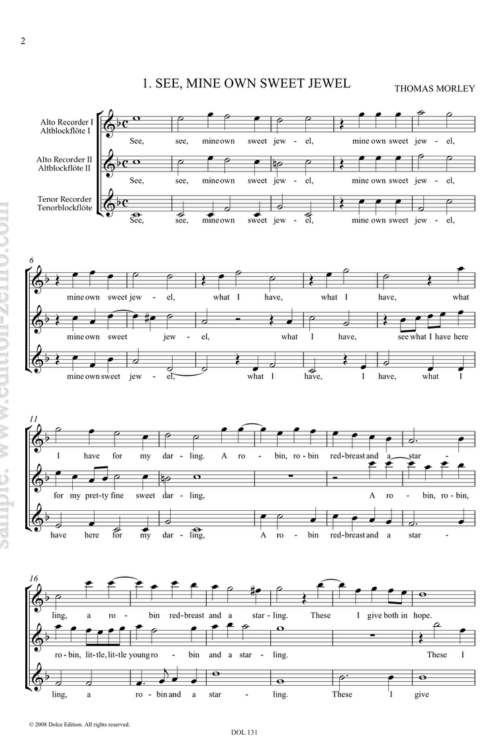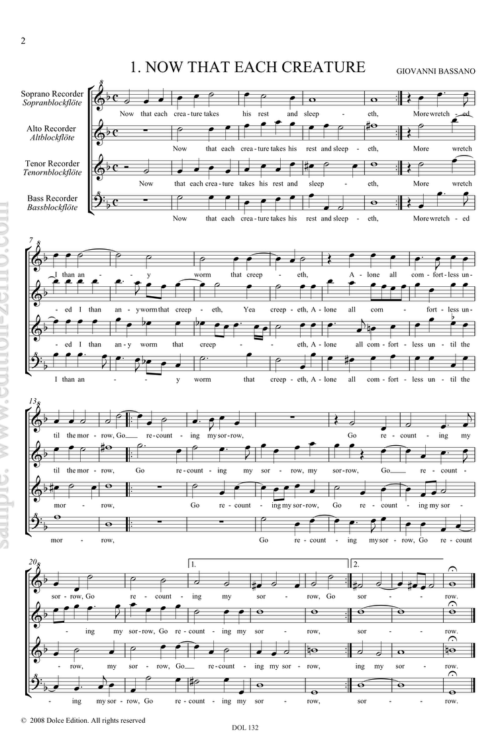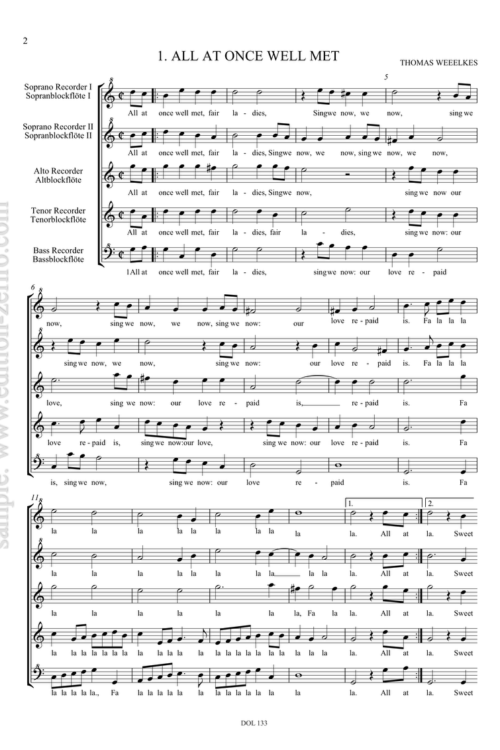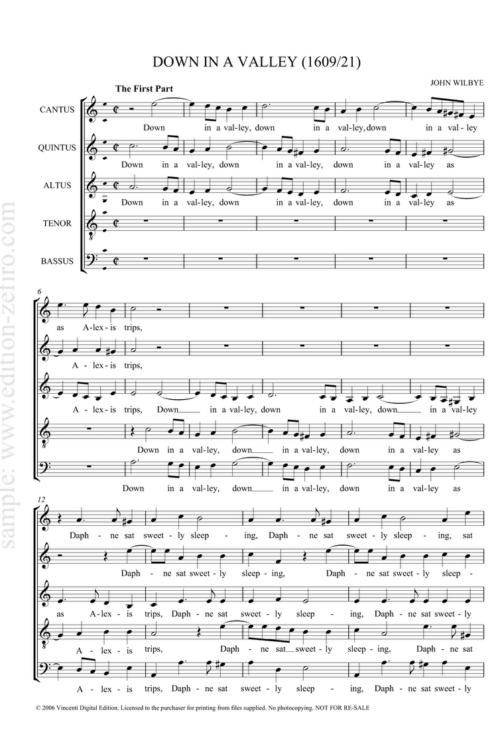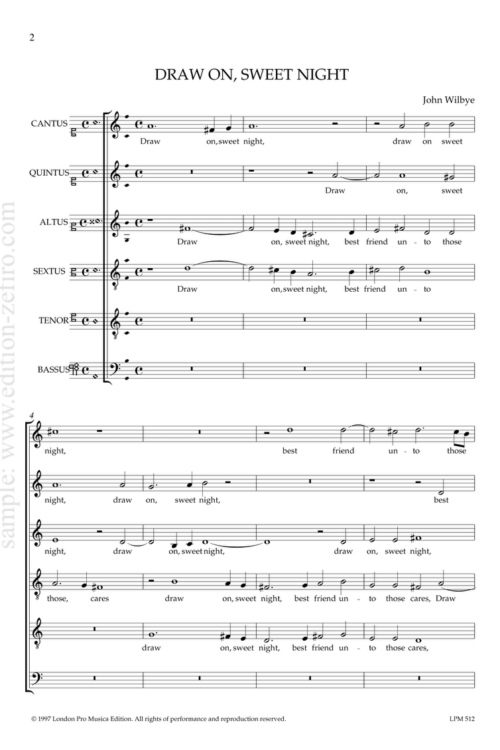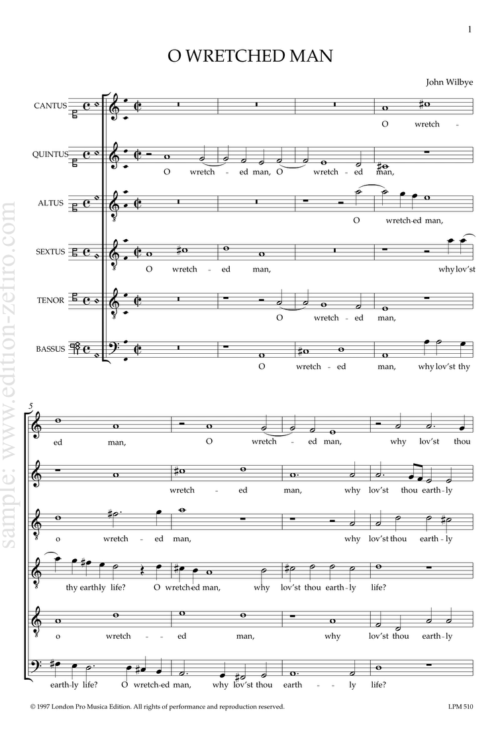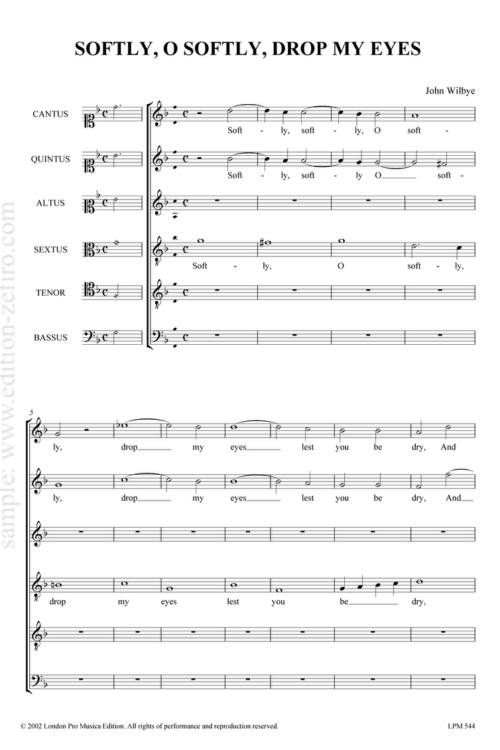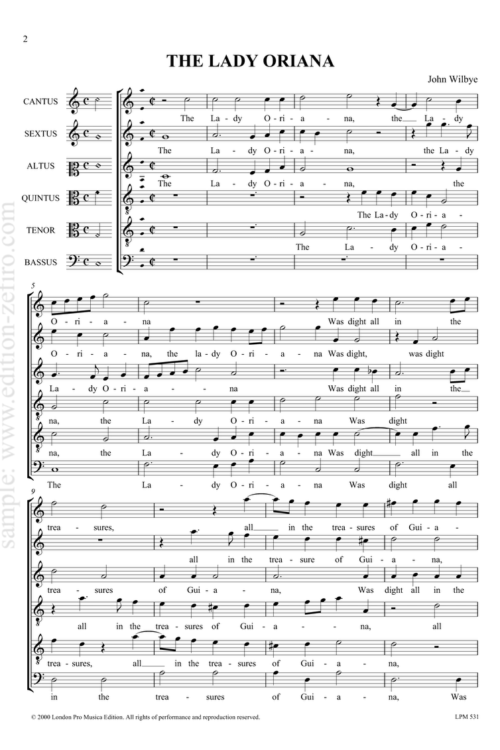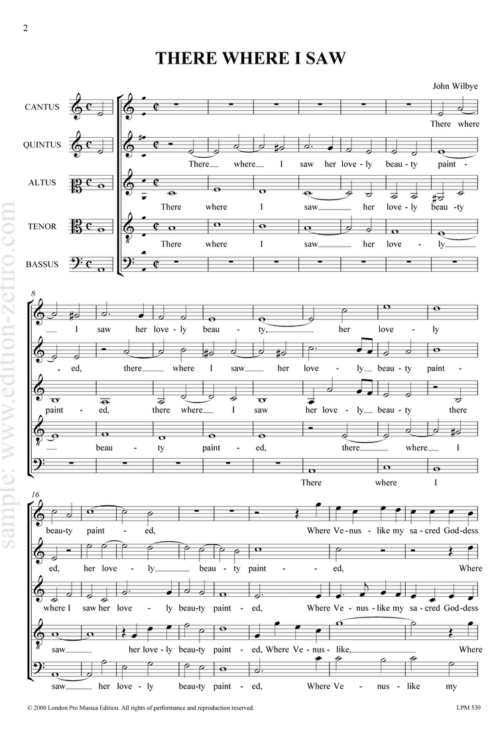Come On In
John Wilbye (1574 – 1638) The son of a tanner, was born at Brome, Suffolk.
He was employed for decades at Hengrave Hall, near Bury St. Edmunds, where he seems to have been recruited in the 1590s by Elizabeth Kitson who was married to the property’s owner, Sir Thomas Kitson. The Kitsons also had a long association with the composer Edward Johnson, who was more than twenty years older than Wilbye.
Wilbye never married. In 1628, on Lady Kitson’s death, all the furnishings, books, and musical instruments at Hengrave Hall were settled by her will upon her daughter Mary Darcy and then upon her granddaughter Penelope. Wilbye left Hengrave to live in retirement at Mary Darcy’s house in Colchester. He is buried in the graveyard of Holy Trinity Church, Colchester.
He is particularly famous for his madrigals which include Weep, weep mine eyes, Weep, O mine eyes and Draw on, sweet night. He also wrote the poem, Love not me for comely grace. His style is characterized by delicate writing for the voice, acute sensitivity to the text and the use of false relations between the major and minor modes.


